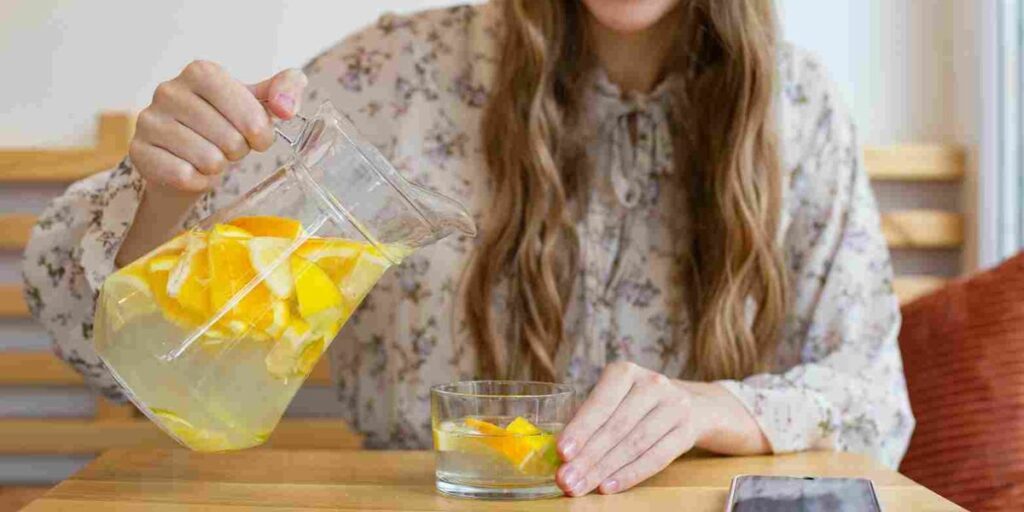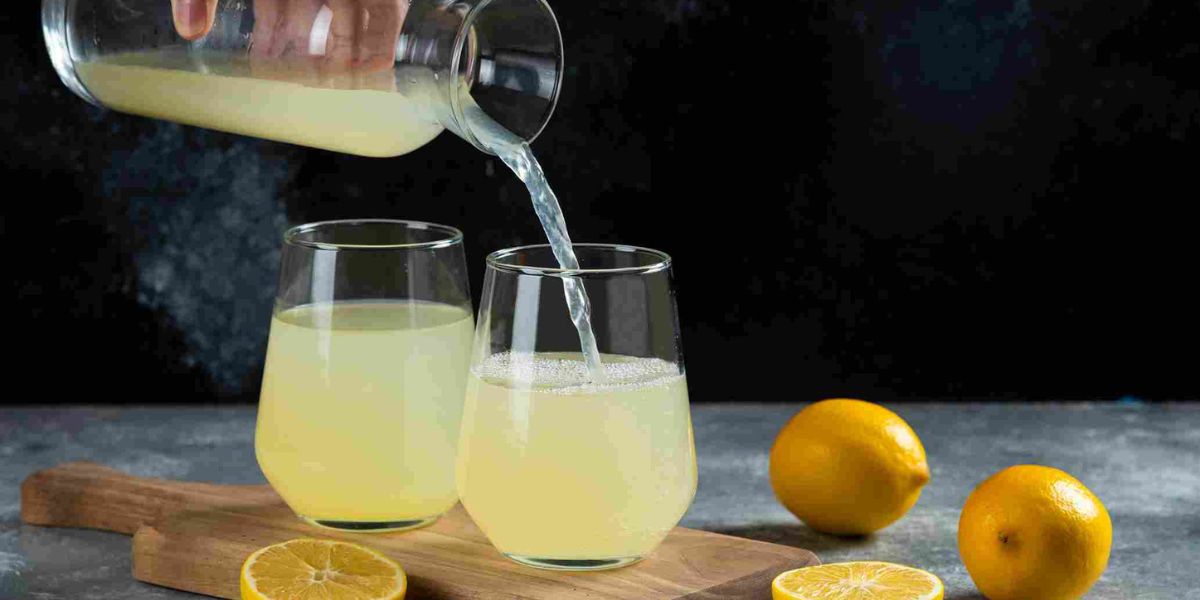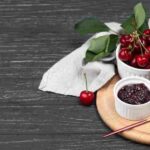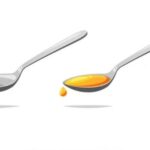A lemon may be small, but it holds a powerful punch of flavor. If you’ve ever asked, “how much juice in one lemon?”, you’re not alone. The amount of juice can vary depending on the lemon size, ripeness, and how it’s juiced. On average, a medium lemon gives about 2 to 3 tablespoons of juice, but this can change with different types and juicing methods. Knowing the lemon juice yield helps in cooking, baking, and preparing drinks more accurately. Whether you’re squeezing by hand or using a lemon juicer, understanding the lemon juice conversion makes recipes easier and more flavorful. Let’s explore the true value inside every lemon.
Lemon Juice Quantity & Measurement
The juice from one lemon depends on the size, ripeness, and how you juice it. On average, how many ounces of juice in a lemon? A medium lemon gives about 2 to 3 tablespoons of lemon juice, which is about 1 to 1.5 fluid ounces or 30 to 45 milliliters of lemon juice.
Some lemons are small and give only 1 tablespoon, while large lemons may offer up to 4 tablespoons. This is why knowing the average juice in a lemon is useful when following recipes. Chefs use a lemon juice chart to help them estimate better. Here’s one for you:
| Lemon Size | Tablespoons of Lemon Juice | Teaspoons of Lemon Juice | Ounces | Milliliters |
| Small | 1 tbsp | 3 tsp | 0.5 oz | 15 ml |
| Medium | 2–3 tbsp | 6–9 tsp | 1–1.5 oz | 30–45 ml |
| Large | 4 tbsp | 12 tsp | 2 oz | 60 ml |
Always use proper lemon juice conversion if your recipe calls for ounces, tablespoons, or teaspoons of lemon juice.
Juicing Techniques & Tools
There are many ways to juice a lemon. Some people do it by hand, while others use tools. The easiest way is juicing lemons by hand, especially if you only need a small amount. Simply cut the lemon in half and squeeze.
If you want more juice with less effort, try using a citrus press, lemon juicer, or citrus reamer. These are great kitchen tools for juicing that help you get every drop. Manual juicers are perfect for home use and don’t need electricity.
Different juice extraction methods can affect how much juice you get. For best results, try manual lemon juicing after warming the lemon in the microwave for 10 seconds. This softens the pulp and makes squeezing easier. You can also roll the lemon on the counter before cutting it to help loosen the juice inside.

Lemon Zest Topics
The outer yellow part of a lemon is called lemon zest. It gives a strong citrus smell and taste. It’s different from the lemon peel, which also includes the bitter white part inside called the pith.
Learning how to zest a lemon is easy. You can use a microplane for zesting, a fine grater, or even a knife. Just make sure to avoid the pith. There are many zesting tools you can use, like zesters or peelers. If you don’t have tools, try zesting with a knife carefully.
Zesting techniques add a lot of flavor to food. Using lemon zest in recipes gives freshness, especially in baked goods or dressings. The zest flavor benefits include intense citrus aroma and taste without the sourness of the juice. Here are some lemon zest tips: Always zest before you juice. Store zest in the fridge or freezer. You can also preserve lemon zest in sugar for desserts.
Measurement & Conversion Aids
Sometimes recipes are not clear. They say “juice of one lemon” or “1 oz lemon juice.” So, how do you measure that? A cooking measurement chart is very helpful. Here’s a quick guide:
| Measurement | Equals |
| 1 lemon | 2–3 tbsp of lemon juice |
| 1 oz | 2 tbsp |
| 1 tbsp | 3 tsp |
| 1 tbsp | 15 ml |
The lemon size comparison is important. A small vs large lemon yield can change your dish. Use measuring spoons or a scale if exact amounts are needed. This helps with lemon juice equivalency in recipes.
Culinary & Recipe Usage
Lemon juice and zest are used in both sweet and savory dishes. For example, in lemon dessert recipes, like lemon bars or lemon meringue pie, the juice adds tartness, while zest gives aroma. Recipes using lemon juice also include drinks, salad dressings, and sauces.
In savory dishes, lemon chicken marinade is a favorite. It adds flavor and tenderizes the meat. Lemon in savory dishes like fish or pasta boosts freshness. You’ll also find lemon in breakfast recipes like pancakes or smoothies.
A simple lemon vinaigrette made with olive oil, lemon juice, mustard, and salt can make your salad extra tasty. The lemon flavor booster effect is why cooking with citrus is loved by chefs. It brightens everything.
Lemon Kitchen Hacks & Tips
Want more juice from your lemons? Try these smart tricks. First, microwave lemon before juicing it for 10–15 seconds. This breaks down the pulp and gives more juice. Also, use the rolling lemon trick before cutting it. Just roll it on the counter using your palm.
These methods help in maximizing lemon juice. Some people also cut lemons lengthwise instead of across for more juice. Knowing how to get more juice is helpful when you have only one lemon.
For zest, store it in small bags in the freezer. This makes lemon zest storage easy. You can preserve lemon zest in oil or sugar too. If you make a big batch of juice, lemon juice freezing in ice cube trays works well for later use.
Miscellaneous Use & Benefits
Lemons are not just for food. The health benefits of lemon juice include helping digestion, boosting vitamin C, and supporting detox. Many use lemon for detox by drinking lemon water in the morning. It’s also used in home remedies, like soothing sore throats or cleaning the skin.
Lemons are a great natural cleaner. The lemon in cleaning works due to its acid, which removes stains and smells. Even the lemon aroma benefits are powerful. It can improve mood and freshness in your kitchen or room.
Check out these quick facts:
| Benefit Area | Use of Lemon |
| Health | Detox, Vitamin C |
| Cleaning | Grease, Odor Removal |
| Aroma | Stress relief |
| Cooking | Flavor and Tenderizing |
How Many mL in a Tablespoon? Easy Conversions & Kitchen Tips
CONCLUSION
Understanding how much lemon juice in a lemon is useful for cooking, baking, and even cleaning. You now know about lemon juice yield, how to measure it, tools for squeezing lemons, and how to use lemon zest without bitter pith. Whether you’re juicing, zesting, or measuring, lemons are a smart and healthy choice for your kitchen.
From proper lemon juice conversion to smart kitchen hacks like microwaving and rolling, you can now make the most of every lemon. Add more citrus flavor to your meals, boost your recipes, and enjoy the many lemon nutrition facts and benefits.
FAQs
Q: How much juice is in 1 lemon (ml)?
A: One lemon gives about 45–60 ml of juice.
Q: How much juice do you get from a lemon?
A: On average, you get 3 tablespoons or about 50 ml per lemon.
Q: How much bottled lemon juice equals one lemon?
A: Use 3 tablespoons (45 ml) of bottled juice to replace one lemon.







